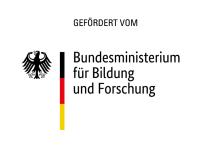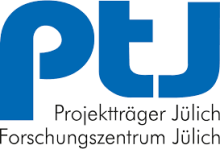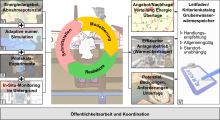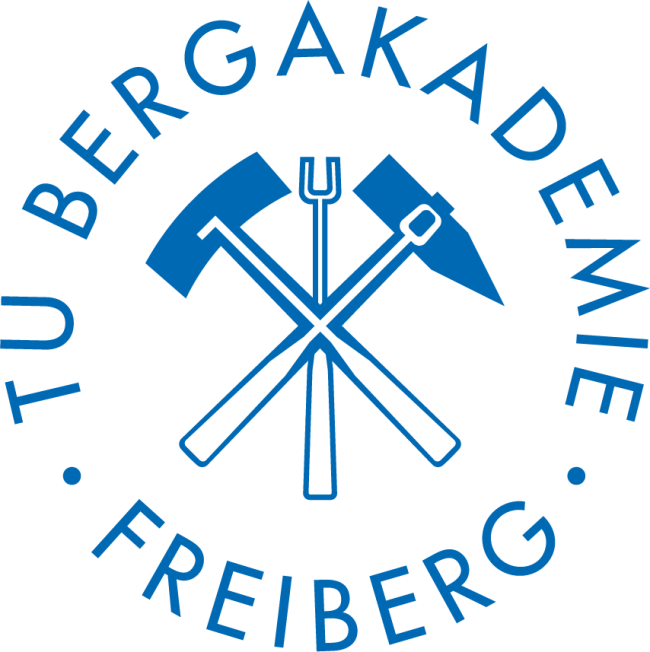Utilisation of groundwater-filled mining cavities as thermal energy storage facilities



| Project leader | Project manager | Project duration |
|---|---|---|
| Prof. Dr Traugott Scheytt (Overall project) Prof. Dr.-Ing. Tobias Fieback (Thermodynamics sub-project) Dr.-Ing. Thomas Grab (Thermodynamics sub-project) | Dipl.-Wi.-Ing. Lukas Oppelt (Thermodynamics sub-project) | 1 July 2022 to 30 June 2025 |
About the project
Background
Germany has been characterised by mining for centuries. Disused mines exist in 14 out of 16 federal states and these can potentially be used as energy storage facilities (Aquifer Thermal Energy Storage = ATES). Energy storage in aquifers (e.g. groundwater-filled mining cavities) harbours great potential, but has not yet been implemented in a permanently functional manner. The utilisation of mines as ATES offers various advantages, e.g. the large amount of water in the mine can theoretically store a great deal of heat or cold. In addition, the mine geometry can usually be derived from cracks and the risk of discovery is therefore low.
The aim of the MineATES project is to develop a guideline that makes it possible to characterise mine water sites with regard to their potential as heat or cold storage using manageable input parameters such as volume flow, temperature and population density. The following points are combined with each other:
- In-situ monitoring underground at three real laboratory sites to determine and analyse the thermal, hydraulic and hydrogeochemical effects of energy storage on the mine water and surrounding rock
- Pilot scale experiments on the heat exchanger interface, to systematically evaluate the efficiency of mining ATES and derive recommendations for optimised heat exchanger design
- Development and use of adaptive numerical simulation tools to supplement the experiments and for simple characterisation of the mine sites
- Investigation of the dynamic relationship between heat/cold supply and demand (potential storable heat and cold surpluses and possible consumers of the stored energy)

Project partners involved
On the part of TU Bergakademie Freiberg, the Chair of Hydrogeology and Hydrochemistry (coordinator), the Chair of Technical Thermodynamics and the Chair of Soil Mechanics and Foundation Engineering are involved. The consortium is completed by DBI Gas- und Umwelttechnik GmbH from Leipzig.

TU Bergakademie Freiberg

Professorship for Technical Thermodynamics at TU Bergakademie Freiberg

Chair of Hydrogeology and Hydrochemistry at TU Bergakademie Freiberg

Professorship for Soil Mechanics and Foundation Engineering at TU Bergakademie Freiberg
